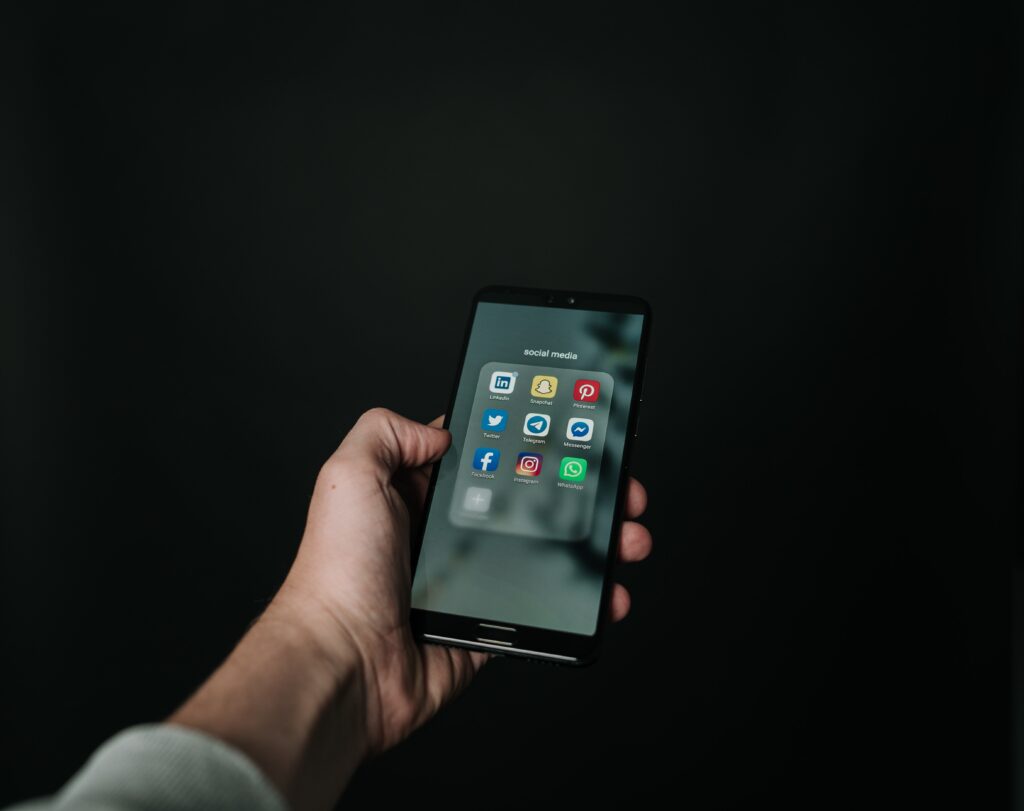In the competitive world of branding, companies often employ a wide array of marketing strategies to captivate their target audience and create a lasting impression. Among the many factors that contribute to a brand’s success, color plays a vital role in shaping perceptions and evoking emotions. From the vibrant red of Coca-Cola to the calming blue of Facebook, the color choices made by renowned brands are not arbitrary but carefully selected to create a specific psychological impact. In this blog, we will delve into the color psychology behind some of the world’s most prominent brands and explore how these hues influence consumer behavior and brand identity.

Red: The Energetic Powerhouse
Red, often associated with passion, excitement, and energy, is a color that demands attention. It stimulates appetite and triggers urgency, making it a popular choice for food and beverage brands. Consider the iconic red logo of Coca-Cola, which effectively captures the brand’s zest and vitality. Red is also employed by brands such as YouTube and Netflix, both of which aim to captivate viewers and keep them engaged with their dynamic content.
Blue: The Trustworthy Companion
Blue is a color often linked to trust, reliability, and security. It creates a sense of calmness and fosters feelings of trustworthiness. Social media giant Facebook utilizes blue in its logo, symbolizing the brand’s commitment to maintaining a safe and secure online environment. Financial institutions like American Express and PayPal also utilize blue, instilling confidence in their customers regarding financial matters.
Yellow: The Sunshine of Optimism
Yellow exudes joy, optimism, and warmth. Brands that want to project a friendly and approachable image often incorporate yellow into their logos. McDonald’s, the fast-food giant, uses yellow to evoke a sense of happiness and excitement associated with their brand. Brands such as IKEA and Snapchat also employ yellow to exude a youthful and optimistic vibe, appealing to their target audience’s enthusiasm and energy.
Green: The Symbol of Growth and Nature
Green represents nature, growth, and harmony. It is often used by brands associated with environmental sustainability, health, and well-being. The multinational technology company, Apple, uses a green logo for its environmentally friendly initiatives. Whole Foods Market, an organic grocery store chain, utilizes green to signify its commitment to natural and healthy products. Green can also connote wealth, as seen in the logos of financial institutions like Bank of America and HSBC.
Black: The Essence of Sophistication
Black is associated with elegance, authority, and power. It lends an air of sophistication and exclusivity to brands. Luxury fashion brands like Chanel and Prada incorporate black into their logos, emphasizing their high-end and refined offerings. Black is also used by technology brands such as Sony and Adobe to denote their cutting-edge innovation and mastery in their respective industries.
Conclusion
Color psychology plays a crucial role in the success of a brand. By carefully selecting colors that align with their core values and target audience, brands can create an emotional connection and influence consumer behavior. From the energetic red of Coca-Cola to the trustworthy blue of Facebook, each hue carries its own unique psychological impact.
Understanding the power of color psychology can empower businesses to make informed decisions when it comes to branding and marketing strategies. By utilizing the appropriate colors, brands can establish their identity, communicate their values, and leave a lasting impression in the minds of consumers. The next time you encounter a famous brand, take a moment to observe the colors they employ and consider the emotions and associations they elicit. You may find yourself appreciating the intentional use of color to create a powerful brand presence.



